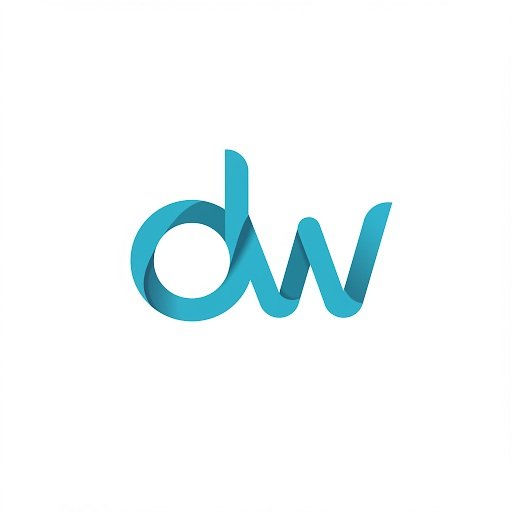Why a Mental Health App?
“What we achieve inwardly will change outer reality” - Plutarch
Garrett had the biggest, toothiest grin, the funniest snorting laugh, and a heart full of compassion— But no one knew what lay underneath.
Garrett died by suicide in 2019, just after getting engaged and being accepted to Cornell. The funeral visitation line wrapped outside the church. In 2021, 21 million U.S. adults experienced major depression. 5.0% seriously considered suicide.
This app is designed to be a thoughtful companion tool for people like Garrett and for anyone seeking emotional healing and happiness.
Simplistic Dashboard
Presenting necessary insights, tools, key elements, and progress while maintaining an intuitive interface
Consistent color scheme
“Streak” achievements
All-in-one easy access page, customizable by user
Cognizant Login
Offfering a warm entry point aiming to retain user attention, encourage return visits, and ensure belonging upon first impression
Calming color scheme
Soft Pastels aim to avoid overstimulation
Welcoming, inviting, safe space
A Digital Sanctuary
Core Goals & Outcomes
Easy Mood Tracking
To enable consistent and quick logging to reveal behavior trends and support introspection
Tailored calendar display
Five different basic emotions to select from
Mental Health Education
Provide reliable mental health resources that help users become educated and more self-aware
Clear categorization
Easy search and pagination
Uplifting Community
Create safe, positive peer interaction and shared emotional support
Clear categorization
Easy search and pagination
Variety of group types while still mental health-oriented
Report Feeling Calmer After Exercises
Increase in Daily Mood Entries
Improve consistency with Medications
Exceptional User Satisfaction
Weekly Return Visits
A Cookie-Cutter Market
Many mental health-oriented apps exist on the market, but very rarely does one offer a unique design scheme without copycat functionalities.
This opens an opportunity window to address the evolving needs of individuals who struggle with mental health.
Key Findings
Research & Analysis
Overview
Testing and feedback were collected from a small group of participants tasked with reviewing Serene’s onboarding process and functions. Participants were asked to provide input on the verbiage, design scheme, and key functions, in addition to offering general feedback.
Helpful Knowledge base
User trust was strengthened by knowledgbase’s articles with cited sources and easy-to-read formats.
Superior Mood Tracking
Users described the tracking feature as easy to use and thorough in scope, especially when monitoring trends, emotions, and triggers.
Design & Feel
Users reported that the gentle colors helped them feel calm and welcome, and also helped minimize pre-existing stress.
Comfortable Tone
Warm, supportive verbiage was also a positive, according to feedback. Users stated that when mood tracking, they felt encouraged and motivated to continue.
Task Flow
User Avenues
Joaquin
Task
Locating the mood tracking feature.
Objective
Joaquin has been diagnosed with generalized anxiety disorder. He is seeking a way to track his moods that may correlate with his anxiety and new medication.
Ava
Task
Joining a community group
Objective
Ava is experiencing loneliness and depression after her dog, Winston, passed away. She wants to find a support group that focuses on grieving the loss of an animal.
Key Features
Prototype Process
"Patience must first explore the depths where the pearl lies hid, before Genius boldly dives and brings it up full into light” - Thomas Moore
Mental Health Education
Next Steps
Round 2 of User Testing
Conduct a second wave of testing with a wider age range and neurodiverse pool to review recent design changes.Expand Knowledgebase Content
Collaborate with psychologists and therapists to create articles and videos covering lesser-known mental health topics and conditions.Make Behavior Tracking Fun
Rollout streaks, badges, or goal-setting for consistent journaling, mood logging, and therapeutic exercise engagement.Offline Mode Development
Begin prototyping for offline functionality to support users without reliable internet access.HIPAA-Compliance Planning
Research and consult developers on a secure infrastructure that will protect sensitive health data before launch.Localized Emergency Support
Add localized/region-specific emergency contact integration aside from 988.Community Moderation Strategy
Introduce and establish clear community rules, reporting features, and trained peer moderators for the in-app support community.Accessibility Audit
Conduct a formal accessibility review (WCAG 2.1 AA compliance), including font scaling, voice-over compatibility, and screen reader testing.App Store Launch Plan
Prepare onboarding flow, visuals for marketing, and App Store descriptions usable for both iOS and Android submissions.Waitlist/Beta Program
Create a signup list for beta users and mental health professionals to gather early on feedback and build anticipation.





























